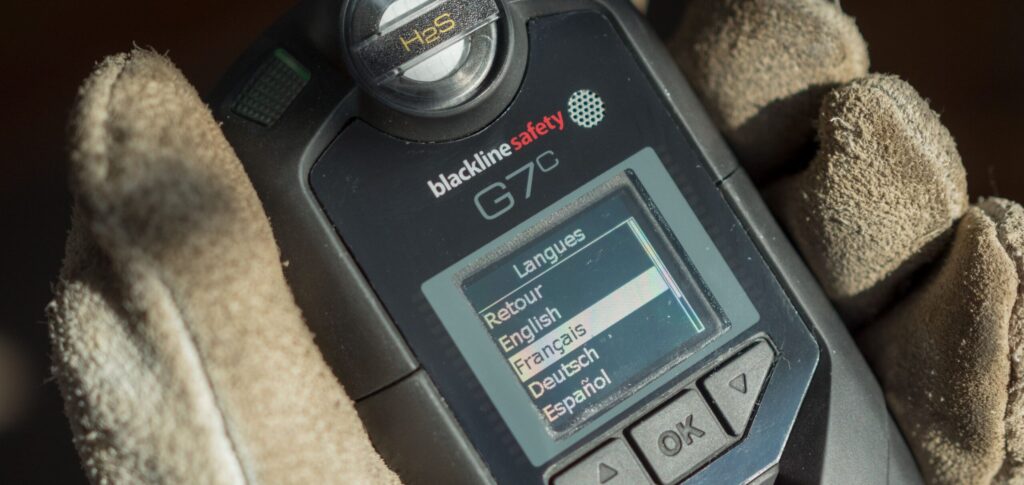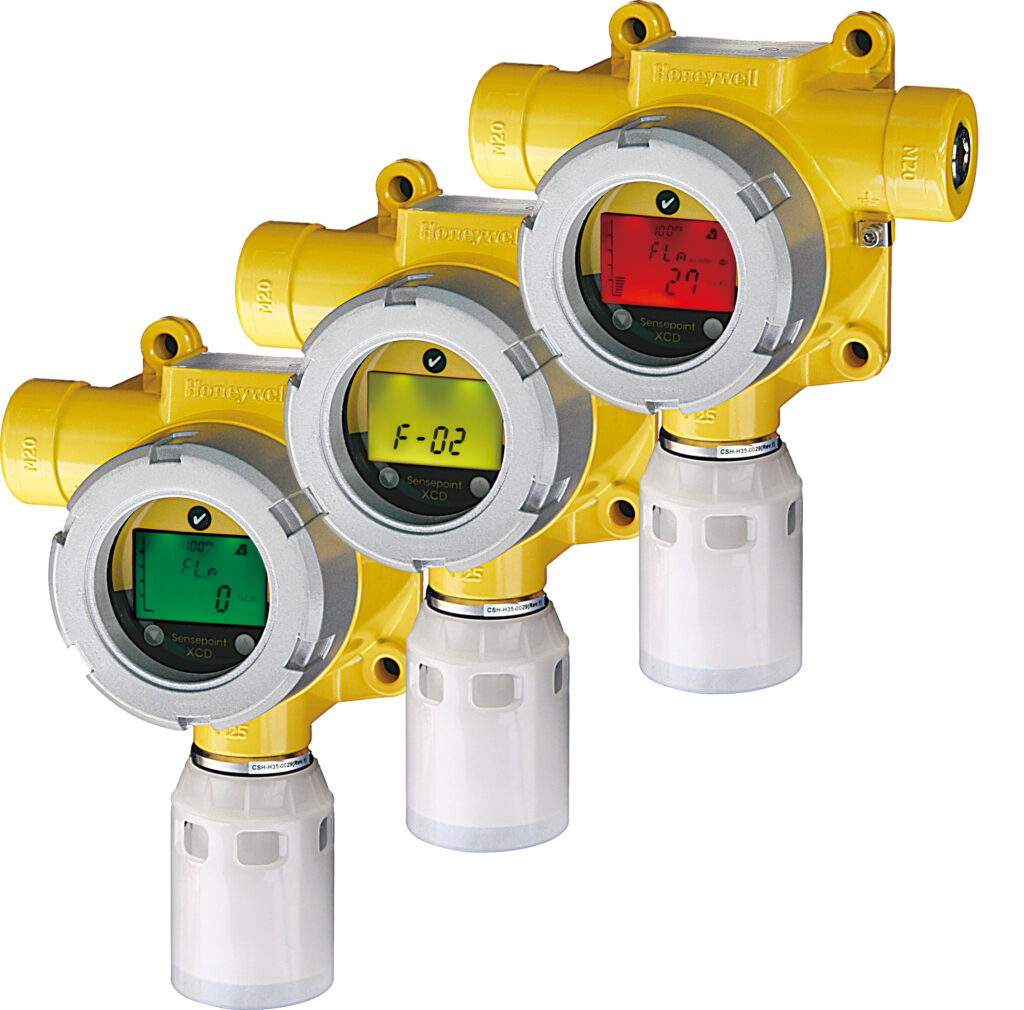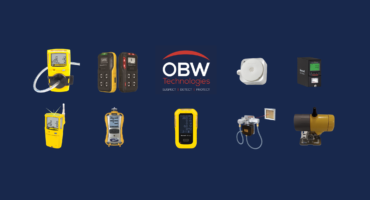In many industries, the detection of hazardous gases is a critical safety measure that cannot be overlooked. Whether it’s in manufacturing, construction, or environmental monitoring, the ability to detect harmful gases can be the difference between a safe working environment and a potential disaster. Gas detection systems are designed to alert workers and management to the presence of toxic or combustible gases, allowing them to take swift action to mitigate risks.
There are two primary types of gas detection systems: fixed and portable. Both serve the essential purpose of safeguarding people and property, yet they are designed to meet different needs and circumstances. Fixed gas detection systems are typically installed in a specific location, providing continuous monitoring in areas where gas hazards are a constant concern. Portable gas detectors, on the other hand, offer flexibility and mobility, allowing users to carry them into various environments as needed.
Fixed gas detection systems are permanent installations designed to continuously monitor the presence of hazardous gases within a specific location. Typically found in industrial settings, laboratories, and other environments where gas hazards are a persistent concern, these systems are strategically placed to provide ongoing surveillance.
The detectors are connected to a central monitoring system, which can trigger alarms, ventilation systems, or other safety mechanisms in response to gas detection.
These systems are ideal for locations where the presence of hazardous gases is constant or highly likely, such as chemical plants, oil refineries, and manufacturing facilities.
The continuous operation of fixed gas detectors ensures that any gas leaks or hazardous conditions are detected immediately, allowing for rapid response and mitigation. By being permanently positioned, fixed detectors can cover large areas or specific high-risk zones, providing reliable and consistent protection for both personnel and equipment.

Portable gas detectors, as the name suggests, are mobile devices designed to be carried by individuals into various environments to detect the presence of harmful gases. Portable detectors offer flexibility and are used in situations where gas hazards may be temporary or varied across different areas.
These devices are commonly used in fieldwork, confined space entry, and by emergency response teams.
Portable detectors are typically battery-operated and are compact and lightweight, making them easy to transport. They are designed to provide real-time alerts to the user, ensuring that they are immediately aware of any dangerous gas levels in their vicinity.
This mobility makes portable gas detectors invaluable for personal safety, especially in environments where workers move between different locations or where fixed systems cannot be installed.
Portable gas detectors are often used in tandem with fixed systems to provide comprehensive safety coverage, ensuring that both stationary areas and moving personnel are protected from gas hazards.

Despite their differences, both fixed and portable gas detectors share a common purpose: safeguarding people and property by detecting hazardous gases. Both types of detectors are designed to alert users to the presence of dangerous gases such as carbon monoxide, methane, or hydrogen sulphide, enabling prompt action to be taken to avoid accidents or health risks.
In terms of functionality, both fixed and portable gas detectors rely on similar detection technologies, such as infrared sensors, electrochemical cells, or catalytic sensors. These technologies ensure accurate monitoring and detection of harmful gases in the environment.
Whether installed in a permanent location or carried by an individual, both types of detectors play a crucial role in maintaining safety in various settings.
One of the most significant differences between fixed and portable gas detectors is their installation and mobility.
Fixed gas detectors are permanently installed in specific locations where continuous monitoring is required. They are mounted on walls, ceilings, or other structures and are integrated into the facility’s safety systems. This makes them ideal for areas with a constant risk of gas leaks.
On the other hand, portable gas detectors are designed for mobility. They are compact, lightweight devices that can be easily carried by individuals. These detectors are not tied to a specific location, making them versatile tools for various environments. Workers can take portable detectors with them into different areas, ensuring safety across multiple locations or in situations where fixed detectors cannot be installed.
The coverage area of fixed and portable gas detectors differs significantly.
Fixed gas detectors are designed to cover larger areas or specific zones continuously. Once installed, they provide consistent monitoring of the entire area within their detection range, making them ideal for monitoring large spaces like warehouses, production floors, or storage facilities.
In contrast, portable gas detectors have a more limited coverage area. Their detection range is typically confined to the immediate vicinity of the device, focusing on the air around the user. While this makes them less suitable for large-scale monitoring, it ensures that workers have personal protection wherever they go, particularly in confined spaces or during inspections.
The power source is another key differentiator between fixed and portable gas detectors.
Fixed detectors are usually connected to a continuous power supply, ensuring they operate 24/7 without interruption. This constant power source allows them to maintain high sensitivity and reliability over long periods.
Portable gas detectors, however, are typically battery-operated. While this allows for their mobility, it also means they rely on battery life for operation. Users must ensure that the batteries are regularly charged or replaced to maintain the detector’s functionality. The battery-operated nature of portable detectors requires careful management to avoid downtime, especially in critical situations.
The size and weight of fixed and portable gas detectors also vary considerably.
Fixed gas detectors are generally larger and heavier, designed to be installed in a specific location and remain there permanently. Their size allows them to house more advanced sensors and components, contributing to their durability and long-term reliability.
Portable gas detectors, in contrast, are designed to be compact and lightweight. This portability is crucial for users who need to carry the detector with them during their work. The smaller size makes it easier to handle and use in various settings, although it may come at the expense of some advanced features found in larger fixed detectors.
Finally, the detection range and sensitivity of fixed and portable gas detectors differ based on their design and intended use.
Fixed gas detectors often have a broader detection range and higher sensitivity due to their continuous power supply and larger size. They are capable of detecting gas concentrations over larger areas and can be fine-tuned for specific environments.
Portable gas detectors, while still effective, may have a more limited detection range. Their sensitivity can be lower compared to fixed systems, but they offer the crucial advantage of flexibility. Users can bring portable detectors directly into the areas where gas detection is most needed, allowing for real-time monitoring in various locations.
To reiterate, fixed gas detectors are ideal for environments where continuous monitoring is essential, offering 24/7 coverage in areas where gas hazards are likely to be persistent. Their permanent installation and integration with other safety systems make them highly reliable for large-scale or hazardous environments such as chemical plants, refineries, or laboratories. Additionally, their robust construction allows them to withstand harsh conditions and provide consistent performance over long periods.
However, fixed detectors are stationary, meaning their monitoring is confined to specific areas. To address this limitation, fixed systems can be effectively paired with portable detectors, ensuring coverage in areas that might otherwise go unmonitored.
Portable gas detectors, on the other hand, bring mobility and flexibility to gas detection. They are invaluable for workers who need to monitor various locations or move between different environments. Portable detectors provide personal safety in dynamic or temporary situations, such as fieldwork or confined space entry, offering real-time alerts to any gas hazards in the immediate vicinity.
While portable detectors are excellent for mobility, they may face challenges if the batteries are not properly charged or maintained, which could result in downtime at critical moments and detection range. To overcome these challenges, portable systems work best when used in conjunction with fixed detectors, providing an additional layer of protection where fixed systems cannot reach.
When used together, fixed and portable gas detectors provide comprehensive safety coverage. Fixed systems ensure continuous monitoring of large or high-risk areas, while portable detectors allow for flexibility and personal protection in situations where mobility is crucial. Pairing the two systems enhances overall safety by ensuring both broad coverage and targeted, real-time detection.
This complementary approach is particularly beneficial in industries where gas hazards vary by location or change over time. By combining fixed and portable systems, organisations can ensure that all potential risks are monitored, providing a safer working environment for everyone.
For comprehensive safety, many organisations benefit from a combination of both fixed and portable systems. To ensure you select the most effective solution, it’s advisable to consult with experts who can assess your specific requirements and recommend the best gas detection strategy.
From the Blog



If you have any questions about our products or services, please feel free to contact us.

Join our mailing list to receive the latest news and updates from our team.